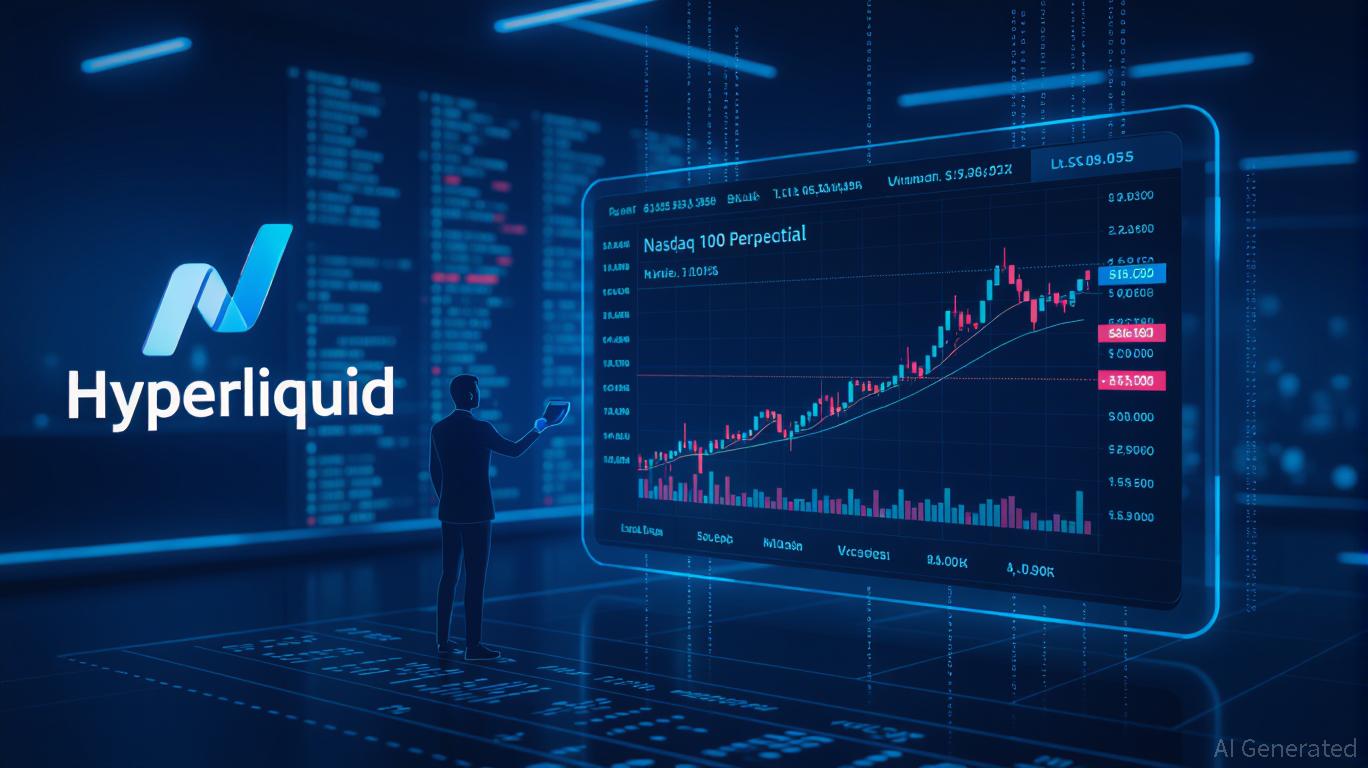Verification Supersedes Guesswork: Noomez’s Open Burn Process Sets a New Standard for Trust in Crypto
- Noomez ($NNZ) introduces a 28-stage presale with escalating prices and automatic token burns to create scarcity and transparency. - Its deflationary model includes post-presale liquidity locks, staking rewards, and verifiable on-chain burns to reinforce trust. - The project aligns with crypto market trends favoring structured, utility-driven assets over speculative hype, attracting risk-aware investors. - A planned Noom Engine framework will automate governance and further reduce supply, though risks lik
Traditionally led by established assets such as

Noomez has crafted its tokenomics to emphasize both scarcity and transparency. The initiative features a , allocating half of its total supply (140 billion tokens) to a distribution divided into 28 phases. Each phase offers a set number of tokens at a fixed price, beginning at $0.00001 and rising to $0.0028 by the final stage, resulting in a 280-fold price increase for early adopters. Any tokens not distributed in a given phase are automatically destroyed, permanently decreasing the available supply, as outlined in the
After the distribution, the remaining 140 billion tokens are allocated to essential segments: , (subject to a vesting period of 6 to 12 months), , and . Liquidity is secured, and staking rewards—financed by the Noom Engine—can yield holders up to , encouraging sustained engagement, according to the Blockonomi breakdown.
Noomez’s deflationary approach continues after the initial distribution. Additional scheduled burns take place during , along with airdrops of 14 million and 28 million $NNZ, respectively. Each burn is transparently recorded on-chain, ensuring execution without the need for trust, as detailed in the Blockonomi breakdown. This method stands in contrast to conventional distributions, where supply manipulation can be a concern.
In today’s crypto environment, projects demonstrating measurable progress and utility are gaining favor over those fueled by speculation. As Bitcoin stabilizes and market swings decrease, investment is shifting toward mid-cap tokens that offer clear use cases and governance, as the PunchNG explainer reports. Noomez’s systematic model—combining a capped supply, automatic burns, and open staking—fits this emerging preference. Its structure is attractive to those seeking , especially as regulatory oversight becomes more stringent, as also noted by the PunchNG explainer.
Following the initial distribution, Noomez will implement the , an automated system for managing staking, liquidity, and ongoing deflation. Partner projects may contribute tokens to the Engine, which then distributes rewards to $NNZ holders. An additional further reduces the circulating supply after launch, strengthening scarcity, according to the Blockonomi breakdown. The project’s ecosystem allocation is also intended to support partnerships and integrations, broadening $NNZ’s applications beyond just staking, as the Blockonomi breakdown mentions.
Despite Noomez’s promising design, potential investors should be aware of the risks that come with involvement, such as price volatility and regulatory changes. The project’s future will depend on effective execution, with on-chain metrics and community support being crucial indicators to watch.
As the digital asset landscape continues to mature, initiatives like Noomez represent a new generation focused on . With its organized distribution and self-governing mechanisms, $NNZ provides a model where transparency takes precedence over speculation, making it a potential standout in an evolving market, as described in the Blockonomi breakdown.
Disclaimer: The content of this article solely reflects the author's opinion and does not represent the platform in any capacity. This article is not intended to serve as a reference for making investment decisions.
You may also like
Hyperliquid (HYPE) Price Rally: Key Factors Behind Institutional Embrace in 2025
- Hyperliquid's HIP-3 upgrade enabled permissionless perpetual markets, driving $400B+ trading volume and 32% blockchain revenue share in 2025. - Institutional adoption accelerated via 90% fee reductions, TVL of $2.15B, and partnerships with Anchorage Digital and Circle's CCTP V2. - HYPE's deflationary model (97% fees fund buybacks) and $1.3B buyback fund fueled price surges, mirroring MicroStrategy's Bitcoin strategy. - Regulatory alignment with GENIUS Act/MiCAR and USDH stablecoin compliance strengthened

HYPE Token's Unpredictable Rise: Analyzing Altcoin Hype After the 2025 Market Overhaul
- HYPE token's 2025 volatility surged with Hyperliquid's $47B weekly trading volume, driven by whale accumulation and $340M buybacks. - Institutional support via HIP-3 protocol upgrades boosted open interest to $15B, but technical indicators signaled short-term fragility. - Regulatory shifts in UAE and Fed policy amplified risks, while social media FOMO triggered extreme price swings between $41.28 and $27.43. - Market share erosion to <20% and $11M liquidations exposed structural weaknesses despite instit

The Value of Including CFTC-Approved Clean Energy Marketplaces in Contemporary Investment Portfolios
- CFTC-approved clean energy platforms like CleanTrade enable institutional investors to hedge risks, diversify portfolios, and align with ESG goals through renewable energy derivatives. - CleanTrade's $16B in two-month notional value highlights urgent demand for scalable, transparent infrastructure to access low-carbon assets with real-time analytics and risk tools. - These platforms reduce market fragmentation by standardizing VPPAs, PPAs, and RECs, offering verifiable decarbonization pathways and dynami

The Influence of Educational Institutions on the Development of AI-Powered Industries
- Farmingdale State College (FSC) invests $75M in AI infrastructure , doubling tech enrollment and launching an AI Management degree blending technical and business skills. - Industry partnerships with Tesla and cybersecurity firms, plus 80% graduate employment rates, highlight FSC's success in aligning education with AI-driven workforce demands. - FSC's RAM mentorship program and NSF-funded AI ethics research foster interdisciplinary innovation, addressing supply chain and healthcare challenges through ap
